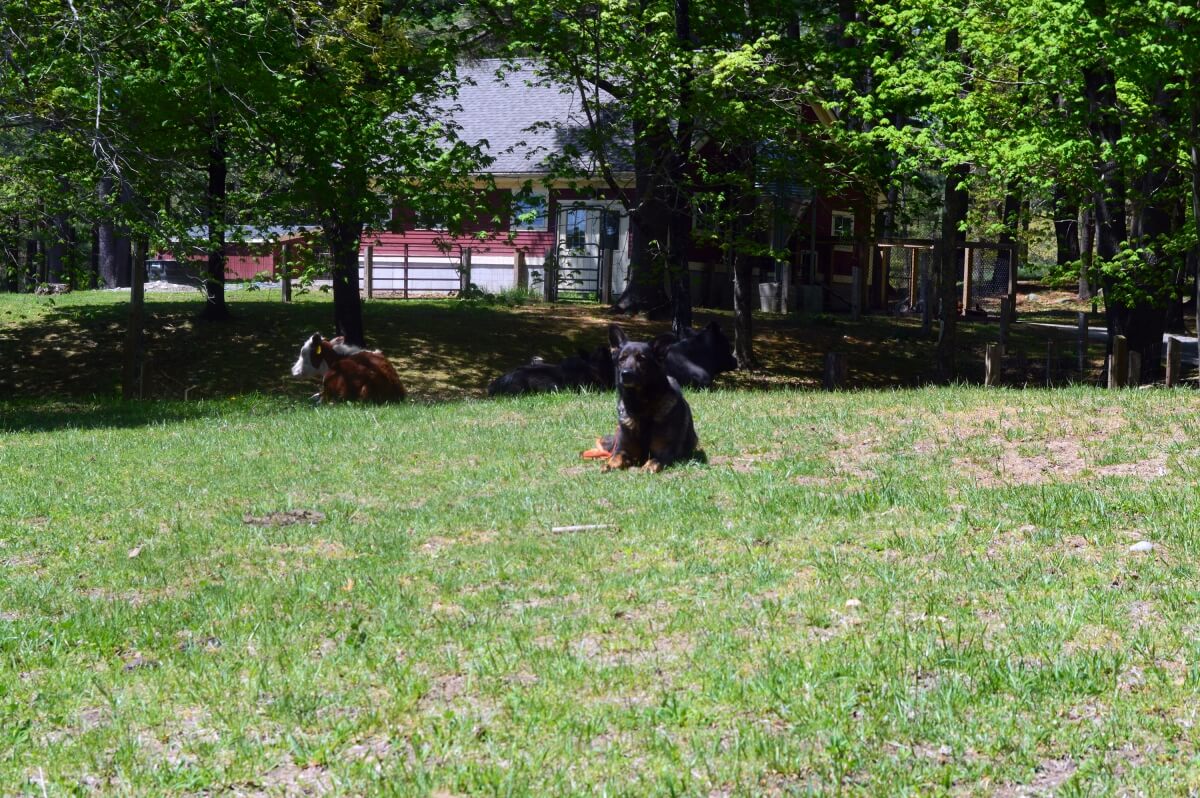
Genuine Obedience
Does your dog 'know' commands but is still difficult to control? Often I am told by new clients that the dog "knows" various things ... "He knows 'sit' and he knows 'stay' …"
Yet, these dogs are doing annoying and even dangerous things like attacking other animals (or even humans), running off and refusing to come when called, destroying things in the house, etc. I think the problem is that there is a disconnect - that we have somehow lost the meaning and purpose of dog training.
For example, Amy (not her real name) tells me that her dog knows 'sit' and 'down' and 'stay' but when the doorbell rings, Fido (not his real name) goes berserk and jumps at the door frantically barking and scratching. When Amy comes home from work or visitors come over, Fido jumps all over them. Incidentally, Amy was told by her previous trainer to ignore such behavior and offer a 'high value reward' IF Fido stops the unwanted behavior. I ask, "He knows 'sit, so what happens when you say 'sit'?" "He continues to jump and act crazy."
My response is that the most important thing for the dog to 'know' is that he must obey known commands. Unless the dog understands that respectful obedience is not optional, commands become requests and the dog will only obey if he prefers to obey rather than do an alternative behavior. Without respectful, genuine obedience, "training" is ineffective when the dog's agenda doesn't match your own. Without respectful, genuine obedience you will struggle trying to control your dog in an ever-changing environment - always struggling to deal with a 'new' problem.
Known obedience commands are a great way to control and eliminate bad behaviors. But this will only work if the dog is willing to obey those known commands. This is what I call genuine obedience - obedience for the right reason: Because your dog trusts and respects you and you have given a command.
With genuine obedience you can eliminate problems or make them non-issues. You don't need to teach your dog everything. You need to teach your dog to be obedient. Everything else flows from that. Obedience first.
I have found that the best way to begin teaching this level of respectful obedience is to focus on and control proximity and movement. By teaching the dog that he must pay attention to you and where you are (rather than leaning, jumping, blocking, 'butt-rubbing, etc.), you gain the dog's focus and respect.
Begin by 'claiming' your personal space. You must directly and effectively communicate to your dog that you decide how close the dog can be to you. That means you must correct the dog for leaning, pushing, and/or jumping on you without invitation. Give calm affection when the dog is calm and respectfully paying attention to you and not being pushy, demanding, or disrespectful.
When your dog begins to respect your personal space, behavioral training becomes a matter of guidance and practice as your relationship develops. In the end, what your dog "knows" is much more profound than "sit" ... and what you know is deeper than dog training.
Who you are to your dog is everything ...
Shawn Hines
~ Jun 07, 2015
